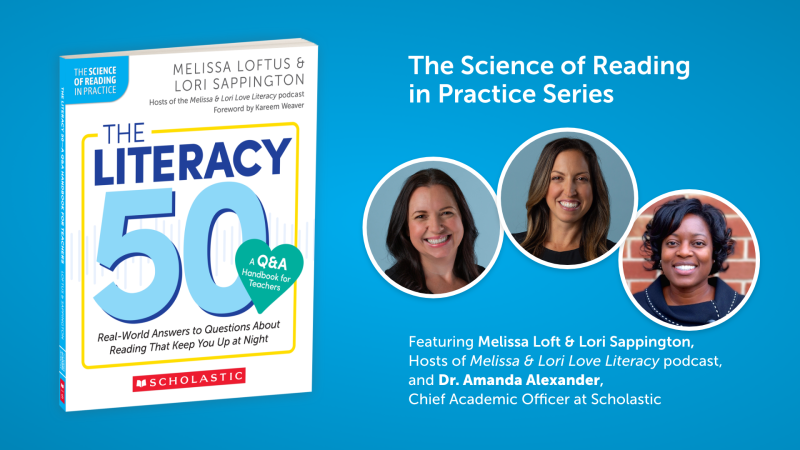 “There is always a shimmer of pure joy in a fine picture book,” writes San Francisco bookseller Chris Loker in Open a World of Possible (Scholastic). The 2014 collection of essays by authors, teachers, and literacy experts offers a treasury of favorite childhood reading memories.
“There is always a shimmer of pure joy in a fine picture book,” writes San Francisco bookseller Chris Loker in Open a World of Possible (Scholastic). The 2014 collection of essays by authors, teachers, and literacy experts offers a treasury of favorite childhood reading memories.
Loker’s earliest read-aloud memories are as evocative to her as a madeleine was to Marcel Proust. She’d snuggle with her mother on the couch, listening to the magical words of Dr. Seuss’s The Cat in the Hat:
We looked!
Then we saw him step in on the mat.
We looked!
And we saw him!
The Cat in the Hat!
In one of our favorite Scholastic Reads podcast episodes, award-winning author and illustrator Stephen Savage talks about the enduring power of picture books. “They help kids deal with the world," he says. “They’re funny, and they’re entertaining, and they’re all the things that good art should be.“
Picture books can be joyful and evocative for readers of any age. About his wordless classic, Where’s Walrus?, Savage observes: “You can go as deep with the book as you want, or as shallow as you want.“
The New York Times recently noted that several “literary writers,” including Jane Smiley and Calvin Trillin, are creating books for young children. This week, novelist and poet Sherman Alexie, who won a National Book Award for The Absolutely True Diary of a Part-Time Indian, published his first picture book, Thunder Boy Jr. (Little, Brown Books for Young Readers). The illustrations are by the great Yuyi Morales.
If Alexie’s books and poems for young adults are “the gateway drug to reading,” he told the Times, “why not aim for even younger?” Alexie and the others are recognizing what Loker and Savage have known all along: Picture books enjoy a privileged place in our consciousness for a lifetime.
The challenge, Alexie told WNYC radio host Brian Lehrer, is to appeal to both young children and adults. “You’re writing 70 percent for the kid and 30 percent for the adult who's going to read to the kid,“ Alexie said. “If you write a great picture book, the parent has to read it 12,000 times over the course of a few years.“ Many parents would find this to be only a slight exaggeration.
Reading a book aloud with a young child, no matter how many times, will bring joy into both of your lives. As Proust himself said, "There are perhaps no days of our childhood we lived so fully as those we spent with a favorite book.“
You can pair your readings—and rereadings—with other activities, including collage making and scavenger hunts. Be sure to check out our Early Learning site for more learning activities and book recommendations.






